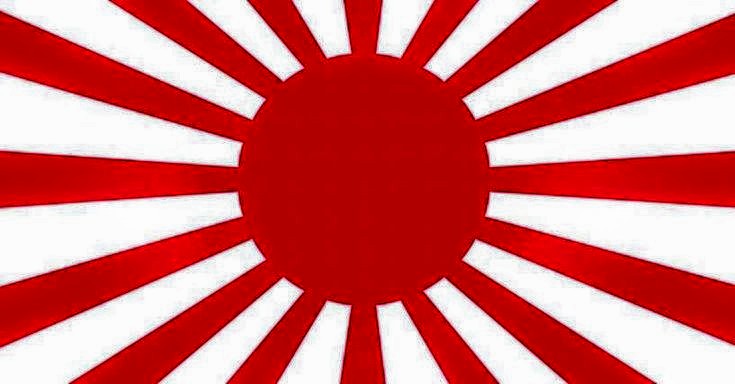The Japanese are renowned for making decisions slowly. They have been a settled community for two and a half thousand years or more; their economy grew up on the rhythms of rice agriculture and they are known for taking pains to get the details right. They proceed cautiously. Their modus operandi contrasts markedly with our more high paced Western ways where we feel that faster is better. But, for these difficult times, they can teach us a thing or two.
In his article ‘Why do Japanese take so long to make decisions?‘, Rochelle Kopp talks about two methods the Japanese use tend to make decisions. They take time, but serve to decrease the potential for risks and mistakes.
The first is Nemawashi. This term was originally a term from the world of Japanese gardening. Japanese gardeners observed that if they dug up a tree in one day and transplanted it, often the tree would go into shock and wither. So they developed a technique where they would give each portion of the roots special attention and loosen them from the soil gradually, over a number of days. After this transition period, the tree could be transplanted and would thrive. In a business context, this process smooths the path by allowing time to build consensus. Nemawashi requires meeting one-on-one with key decision-makers, getting their input and asking for their support. It’s not a process that can be done quickly.
• Ringi. A ringi is a circulating proposal document. Any issue that will be decided is summarized in such a document, which is then routed to key decision-makers (who can number ten or more). Each of them has to study the document and sign off on it. Again, this is not a process that happens fast.
By contrast, in Western companies, many decisions are made by individual managers, who have been given authority to make decisions on their own. An individual acting alone can make a decision quite quickly. On the other hand, in a Japanese organisation, no one can make any decision on their own, no matter how small. The Japanese believe that many heads are better than one, and that by having many people examine an issue you will achieve a better result.
It seems that, maybe, the western governments have actually learnt some lessons. The consensus that has been built around imposing sanctions on Russia and the construction of a unified response have been encouraging. Alliances may be more cumbersome, more difficult to align, but they are far preferable to the dictat of ‘strong men’ leaders – there is a timely reminder of this truth on TV at the moment in the documentary ‘Maxwell’ as well as on the global stage in the saga that is ‘Putin’ . The latter may be able to operate at speed, but speed can get you into an awful lot of trouble. Slow and sure is better. The application of consistent and unrelenting pressure is the way to achieve better results. This is demonstrated over and again in so many aspects of competitive endeavour: sport, politics and business.
Isn’t it time to re-examine the strong man theory of leadership? Caprice, randomness, avarice, nepotism, abirtariness – these are all side effects of letting the Putins, Trumps and Boris Johnsons hold sway. Just look at their track record in office. By cowing any opposition, they create a culture of corruption, cronyism and a belief that the ruling clique is above the law. A more bening manifestation is Partygate. The much more sinister manifestations are Trump’s attempt to overthrow the 2020 US election result, Putin’s deliberate war crimes in Mariupol and Bucha and Xi Jinping’s genocide of the Uighurs in China.
We need a better model of decision making. This one isn’t working. When there is no conversation, just orders being given, the results are not as good.
